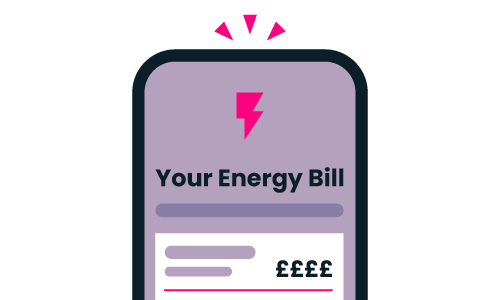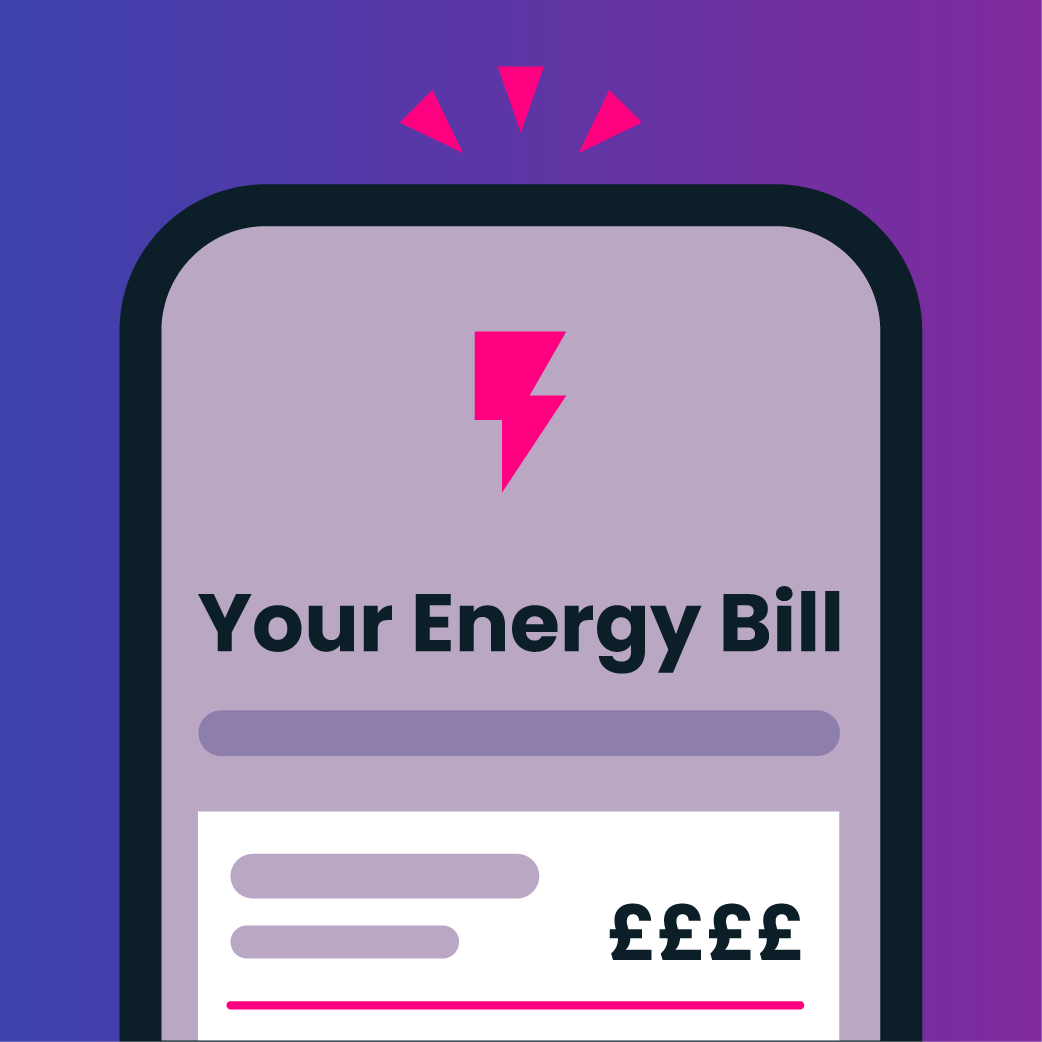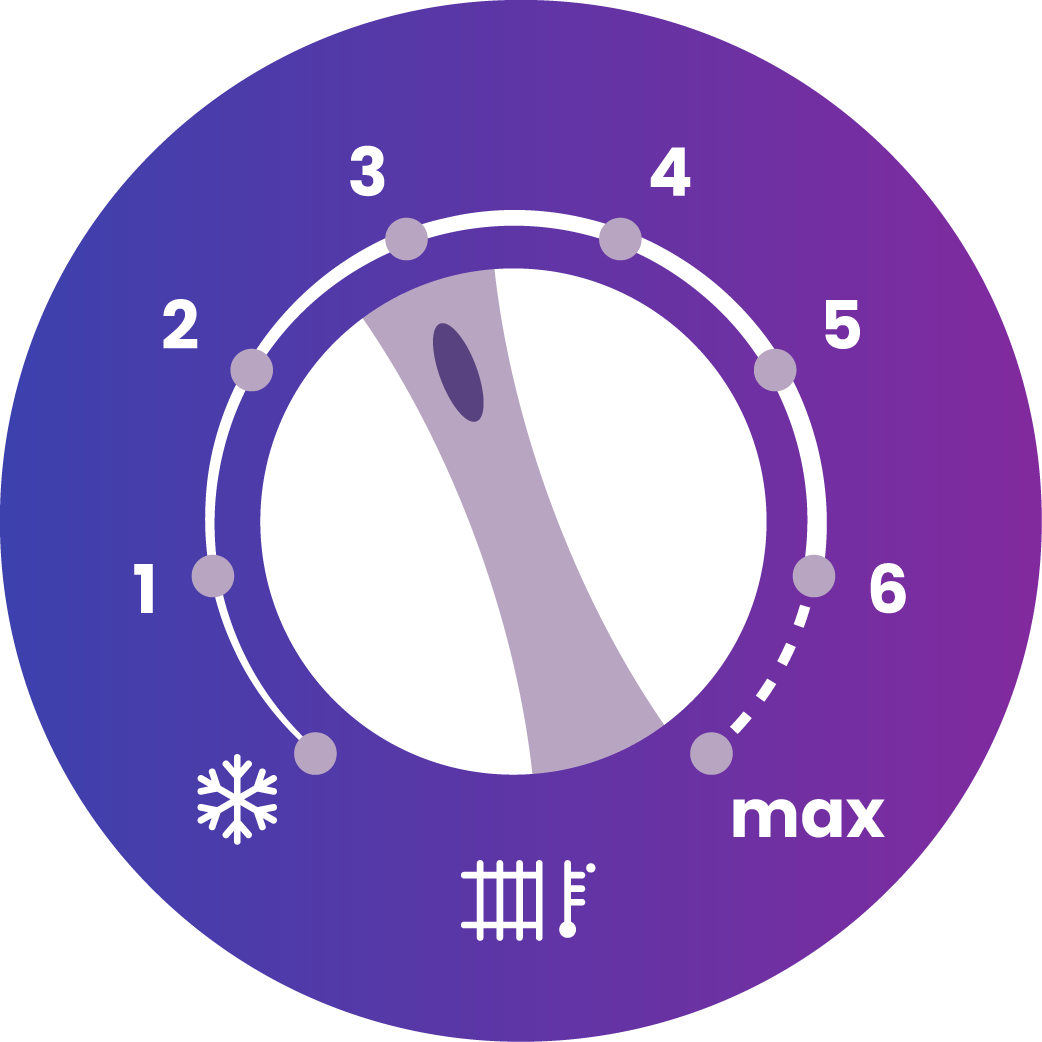How To Save Money On Your Energy Bills
Any households can make savings from some simple efficiency changes. If you’re only going to do a few things to save money on your energy bills, these are the low-effort, high-reward steps to take.

Energy Saving Advice
Improving your home’s energy efficiency is more crucial than ever with the cost-of-living crisis. Fortunately, it doesn’t have to be a complex, expensive, or time-consuming process. There are several simple steps you can take that will significantly reduce your energy bills.


Understand Your Phantom Load: Save £300 a year
Phantom Load is the name for the electricity used by appliances switched on or on standby. It also applies to the things you know are on but don’t know what they’re costing – like electric towel rails – and the things you switch on and forget about – like extra fridges. Wasted energy makes up 30% of the average energy bill. You could save £300 by making some simple changes to the way you use your things.
Start by going around your home and deciding whether all your things switched on need to be. You might uncover some appliances you didn’t realise were still draining energy. Extra fridges are common culprits and could be adding £102 to your annual bill. Other culprits include electric towel rails which could be adding £59 to your annual bill, electric underfloor heating adding £316, and desktop computers costing you £81 each year.
If you want to go a step further, go on a Loop Snoop. This is our name for hunting out the energy-wasting appliances in your home. Turn off everything you can (aside from your fridge/freezer/router!) to find your baseline usage, then check your Live usage on your smart meter in-home display unit while you turn them on one by one. See what they’re costing you and decide what to leave on. Do some simple maths to reveal the cost of having that appliance turned on for one hour. Record this on your Loop Snoop map here.
Top Tip
Your smart meter in-home display has a battery in it, so take it with you as you investigate each appliance.

Lower Your Flow Temperature: Cut gas bills by 12%
If you have a combi boiler, reducing the flow temperature can help you save energy without sacrificing comfort. This is the temperature your boiler sends water to your radiators.
Lowering this means your boiler will be more efficient as it will be in condensing mode – where it recovers heat that would otherwise be lost. Whilst most are set to send water at 80 degrees, this is much higher than it needs to be as they can work just as well at 60 degrees.
It’s an easy action that can lead to big savings – up to 12% on your gas bill just by one simple setting change! However, bear in mind that this is not suitable for all types of boilers. Find out more in our blog article.

Upgrade to LED Lights: Save £13 per bulb
If you’re lighting your home with incandescent or halogen bulbs, swap them for LEDs. They use 90% less energy! Lighting makes up 11% of the average household electricity bill, so it pays to make the switch even if your traditional bulbs still work. Their low energy consumption and extended lifespan lead to significant savings – up to £13 per bulb swapped.
Not all LEDs are the same, so it’s worth considering all the options, like if you are prepared to pay a bit extra for a long lifespan and cheaper running costs. Or, you want the extra flexibility of being connected. Swapping to a connected LED, also known as a smart bulb, allows you to remotely control or schedule your lighting. It’s a useful feature that can lead to lower bills.
It can also be worth choosing the most efficient LED. A new generation of ultra-efficient A-Class LEDs consume 60% less energy compared to standard LED bulbs and they have a longer lifespan of 50 years.

“We’d really urge households not to wait to make the swap to LEDs. Any cost incurred up front to change your bulbs will undoubtedly be made back in savings on your electricity bills throughout the year – 63% of Loop users have reported making savings from this simple switch.”
Expert advice from the Energy Doctor

Optimise Your Heating Schedule: Cut gas bills by 10%
When setting your heating schedule, have your heating on only when you’re normally in. You can always flick it on if you’re at home unexpectedly. If your schedule is predictable, set the heating to switch off 30 – 60 minutes before you leave the house as it will stay warm. Consider turning the heating off overnight and ‘heat the human, not the home’ with thick bedding, an electric blanket, or a hot water bottle.
For additional savings, get the right temperature for your home. With each degree you lower your thermostat, your gas use falls by 10%. Dropping from 21 degrees to 18 would save around 30%. That’s £300 for an average home. The key is to stay comfortable though!
Our research shows that Loop users who turned their heating off by mid-April used 10% less gas than those who kept it on. If your heating is on an automatic timer, it can be easy to forget to change it when the weather warms up.

Draught-Proof Your Home: Save £66 a year
You use 80% of your gas to heat your house. Keep hold of the expensive warmth you’re paying for by sealing windows, doors, and unused chimneys with draught-proofing tape or chimney balloons. This will prevent heat loss and improve home comfort. As well as stopping external draughts, reduce internal draughts by keeping internal doors closed to feel warmer.
If you don’t know where draughts are coming from, simply get a two-ply sheet of toilet paper, remove one layer then hold it around windows and doors to see if it moves. If it does, it means you have a draught to seal. Knowing where draughts are coming from will help you prioritise your efforts!
Whilst you’re hunting for areas in your home to draught-proof, pop your head in the loft to check it has the recommended 27cm of insulation. If it doesn’t you can top it up yourself or pay a professional to do it for you.

Benefit From Free Tech: Save £250
If you know how your home uses energy, you’ll be able to identify where to focus your energy-saving efforts. Using a free energy-saving tool like Loop will help you see which changes will make the biggest impact on your costs.
When it comes to energy efficiency, simply knowing what’s ‘normal’ usage for your home will help you easily spot when things don’t look right and allow you to take quick action.
By seeing your energy costs before your monthly bill arrives, you can make informed decisions about how your home uses energy before it’s too late and a costly bill arrives.






